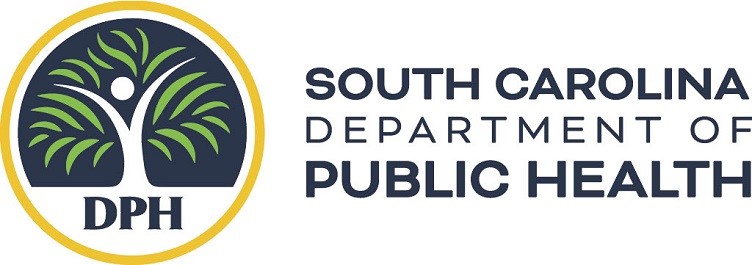The U.S. Department of Housing and Urban Development (HUD) has released its 2024 Annual Homeless Assessment Report (AHAR), shedding light on the state of homelessness across the nation. This year’s report highlights alarming trends, with homelessness reaching record levels in many states. South Carolina, while experiencing some unique challenges, reflects both concerning trends and areas of improvement.
National Overview
On a single night in January 2024, over 771,480 individuals were recorded as experiencing homelessness across the United States. This marks a 19% increase since 2007. Families with children saw a staggering 39% rise in homelessness compared to 2023, while veteran homelessness continued to decline by 8% due to sustained interventions.
South Carolina’s Homelessness Statistics
South Carolina’s 2024 homelessness data from the report paints a complex picture:
- Total Homeless Population: 4,593 individuals experienced homelessness.
- Unsheltered Homelessness: 1,846 individuals (40.2%) lacked shelter.
- Sheltered Homelessness: 2,747 individuals (59.8%) stayed in shelters or transitional housing.
- Homelessness Rate: 9 individuals per 10,000 residents.
- Key Subpopulations:
- Individuals: 3,703 experienced homelessness, including those not in families.
- Families with Children: 890 individuals from families faced homelessness.
- Unaccompanied Youth: 269 young people were homeless.
- Veterans: 388 veterans experienced homelessness.
- Chronic Homelessness: 894 individuals experienced long-term homelessness.
Trends and Changes
- From 2023 to 2024, South Carolina’s homelessness rate grew by 13.3%, aligning with national increases driven by economic pressures, rising housing costs, and the rollback of pandemic-era safety nets.
- Compared to 2007, homelessness in South Carolina decreased by 18.9%, showcasing long-term efforts to address the crisis.
Challenges and Solutions
South Carolina faces several challenges:
- A shortage of affordable housing units for extremely low-income renters.
- The rising cost of living, which has outpaced wage growth, pushing more households into precarious situations.
To address these issues, the state is expanding emergency shelter capacity and collaborating with local organizations to provide rapid rehousing and supportive services. However, more investment is needed in affordable housing, mental health services, and youth-specific programs.
Looking Ahead
The HUD report serves as a call to action for South Carolina’s policymakers and communities. By prioritizing vulnerable populations, such as families with children and veterans, and addressing systemic barriers to housing, the state can build on its successes and mitigate the growing crisis.
Sign up for our Sunday Spectator. Delivered to your inbox every Sunday, with all the news from the week.















